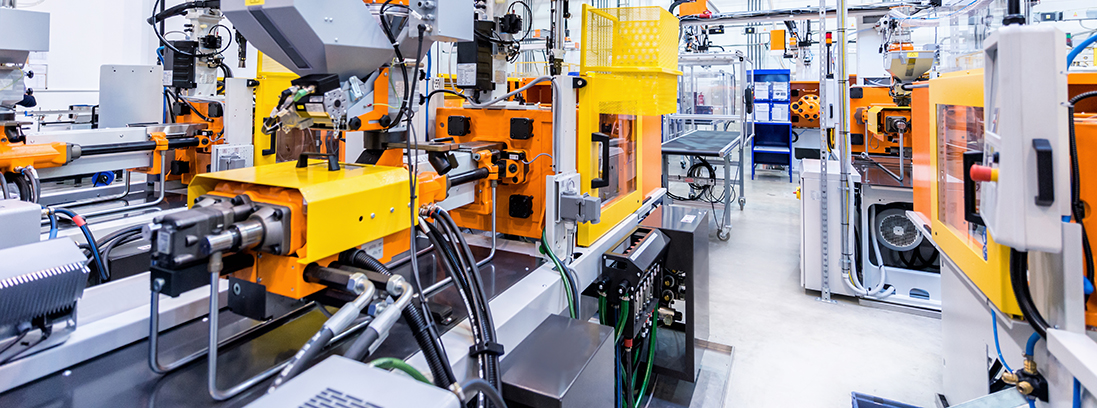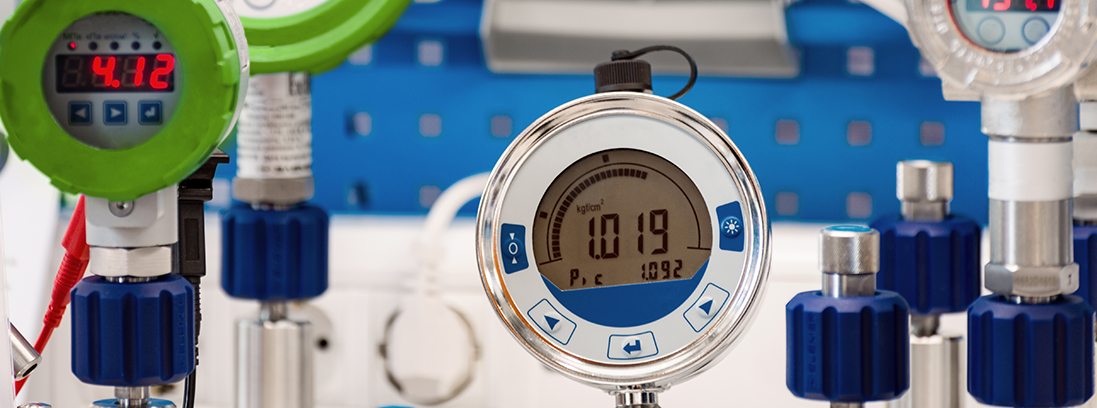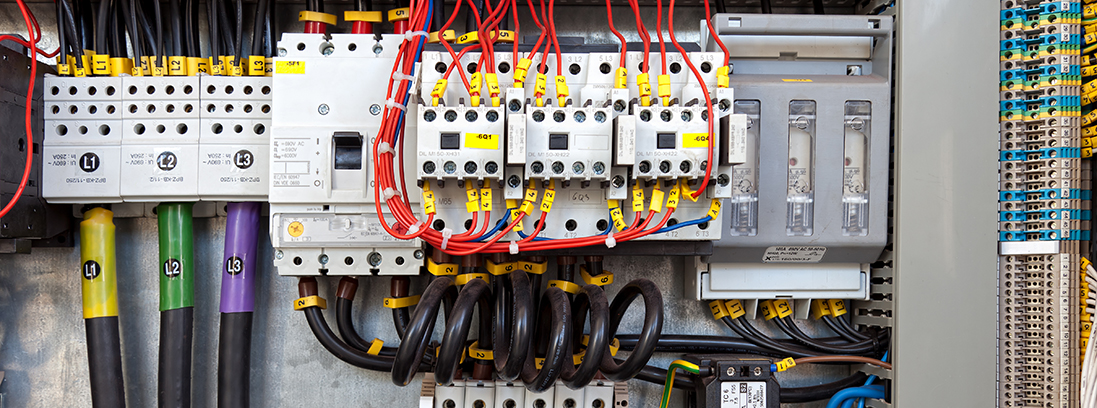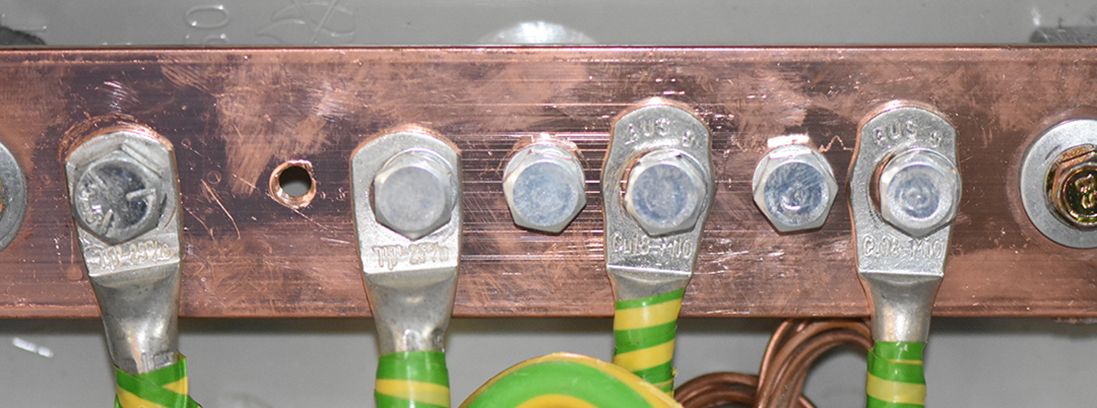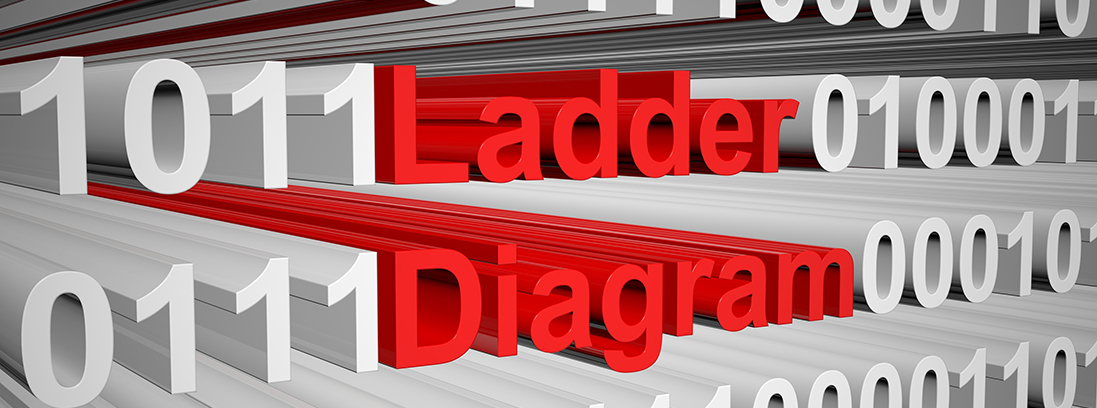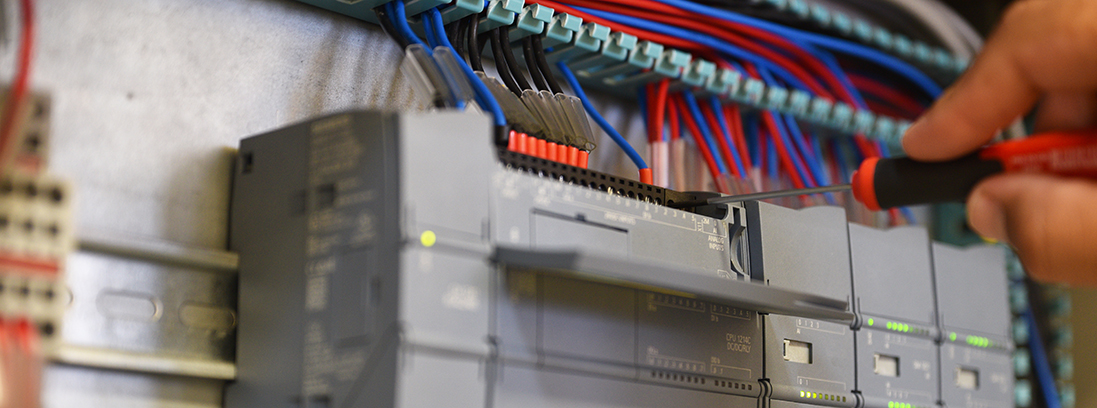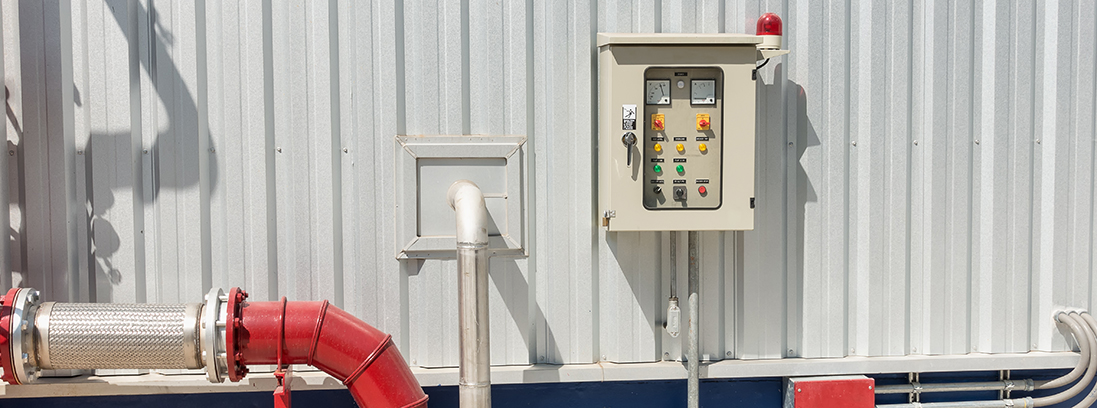Sensor Connections: PNP versus NPN and Sourcing versus Sinking
Since so many typical industrial automation sensors operate at 24 Vdc, it is important to understand two of the main variations of these solid-state...
PLC Analog Programming
Using PLCs to monitor and control analog signals takes their functionality to the next level but requires a little extra design effort.
Originally conceived for...
Industrial Control Panel Power Distribution and Conditioning
Electrical power usually enters industrial control panels as one or more main circuits and must be properly converted and distributed based on the equipment...
Industrial Control Panel Grounding and Bonding
Good industrial control panel grounding practices can be easily applied to improve safety and performance, but are often overlooked, leading to problems.
Proper grounding for...
PLC Discrete Programming
Although today’s PLCs can do so much more, they still excel at their original purpose of executing discrete on/off logic.
The introduction of programmable logic...
PLC Hardware and Software
PLC hardware and software often lag behind cutting-edge consumer technology to ensure reliability, but are rapidly gaining ground in many areas.
As noted in the...
Thinking Inside the Box: Industrial Control Panel Enclosure Selection and Sizing
More than just a box to hold automation components, control panel enclosures must protect the contents while allowing safe and easy access by field...
Options for Energy Optimization
The case for energy optimization is clear: Energy savings are cost savings, energy efficiencies create process efficiencies, and energy reductions cause emission reductions. It...
PLC Basics
PLCs are the brains behind many industrial automation systems large and small. These basics will help you understand what they are and how they...
